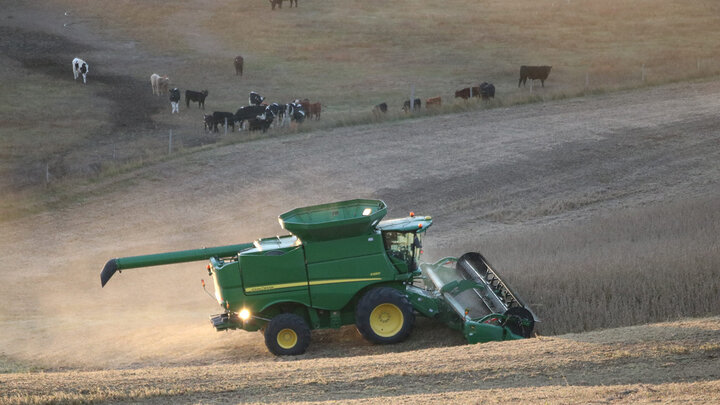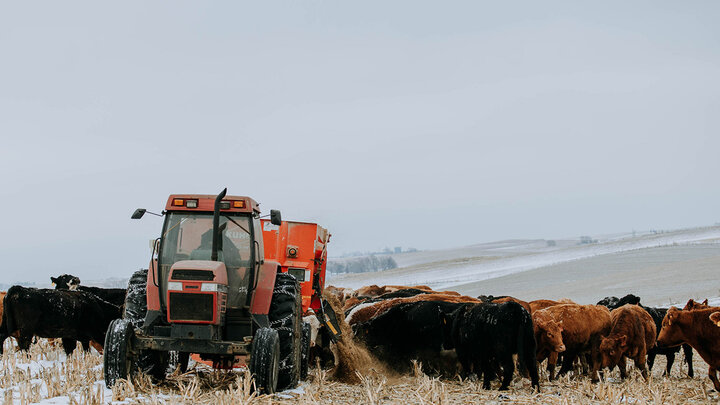This Policy Report column was first published by Nebraska Farmer on Aug. 5, 2025.
I have previously described the ag outlook in 2025 as a tale of two farms — or more specifically a farm and a ranch — as farm income prospects seem to be going in different directions for crop producers and for livestock producers, specifically cattle producers.
Crop producers have been facing declining prospects for several years as prices have trended down, even as costs have remained sticky at high levels and profit margins have been squeezed.
Cattle producers have benefited from record prices and revenues, although those high prices in large part are a response to reduced herd numbers, and opportunities to grow the herd have been clouded by grazing conditions, cash flow and long-run price expectations that could limit enthusiasm for rebuilding the herd.
Agricultural policy developments have helped the outlook over the past few months. Emergency economic assistance passed in late 2024 has already provided substantial cash flow in 2025 for crop producers, and ag disaster assistance for crop and livestock producers adds to 2025 prospects as well.
The reconciliation bill signed into law July 4 also adds to the outlook by increasing the farm bill safety net of commodity programs, crop insurance and ag disaster assistance, among other provisions.
Update on ag risk
The uncertainty for agriculture is not only limited to markets, finance and government policy. Farmers and ranchers face a wide range of risks, including production, marketing, financial, legal and human risks.
Going into 2025, many or even most producers were concerned about drought across the region and its impact on both crop and livestock grazing potential. Timely rains or storms that netted more beneficial rain than damaging wind and hail have helped many producers with production risk.
Making sound risk management decisions for production plans, crop insurance purchases and more have also helped producers address production risk this year.
On the marketing side, producers may be assessing the status of their marketing plans, hopefully balancing their marketing and pricing decisions to date with their expected production and remaining price risk exposure.
The price and revenue risk management strategy for crop producers involves a complex mix of federal farm programs (Agriculture Risk Coverage or Price Loss Coverage), crop insurance — including the most widely used Revenue Protection crop insurance policy — and marketing decisions.
All of those programs and decisions affect a producer’s price and revenue risk exposure and can provide substantial downside market price risk management, particularly after the increases added in the reconciliation bill.
Mixed bag
The financial picture as described above is mixed for crops versus livestock. Regardless, producers need to focus on working capital, cash flow and potential borrowing needs amid higher interest rates as they face tightening margins or long-run production decisions.
Sound financial risk management depends on good records, cost-of-production analysis, and financial statements and analysis to make informed decisions and position an operation for financial stability and viability.
The legal risk environment may be as uncertain as any at the present time. Recent emergency legislation and reconciliation legislation have added some stability to financial and tax expectations. However, continued uncertainty and even volatility with trade policies, labor and immigration policies, and government programs and restructuring add to the risks producers must manage in their operations.




